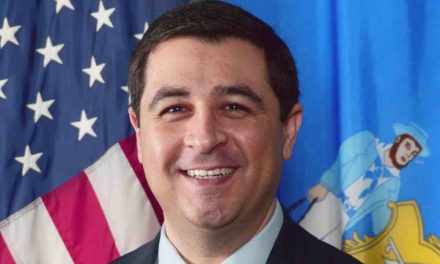
WMJ: A dangerous gap in the emergency care of student-athletes: Wisconsin high school coaches lack CPR certification
Contact: Jennifer Wieman, jennifer.wieman@wismed.org, 608.442.3765
MADISON – An on-the-field collapse of a student athlete or an adult bystander at a high school sports event is a heart-stopping scene. And in Wisconsin, it’s the coaches—78 percent of the time—who are the first responders to such an incident, according to research published in the August issue of WMJ (vol. 113, no. 4). The researchers also found that only about 50 percent of Wisconsin’s high school coaches are CPR certified.
“In Wisconsin, the proportion of coaches who act as the primary responder to a collapse is greater than others have reported, and the proportion of CPR-certified coaches is lower than the national average,” the authors wrote. “This discrepancy creates a dangerous gap in the emergency care of our adolescent athletes.”
There is no state law mandating CPR certification for coaches, nor does the Wisconsin Interscholastic Athletic Association (WIAA) make it a requirement, despite the fact that nearly half of the states in the United States have a CPR certification for coaches. Nearly 90 percent of high school athletic directors surveyed agreed coaches should be CPR certified, but just 32 percent of schools require it. In addition, only 55 percent of survey respondents favored legislation on CPR certification. The reasons cited for the opposition included a lack of time, financial constraints, the number of coaches
to be certified and the lack of available CPR training opportunities.
The report also gauged the presence of trained medical professionals at practices and competitions for 14 WIAA sanctioned sports. According to the study, football had the highest percentage, 88 percent, where trained responders were present at the games; 55 percent had athletic trainers who attended practices. Basketball, wrestling and volleyball had trained professionals at fewer than 67 percent of their competitions, while nine of the 14 sports had a trained responder present at less than 50 percent of competitions.
The study found that a majority of the schools had an Emergency Medical Service (EMS) response time of four to nine minutes to an emergency call, but the researchers also expressed concern over the number of athletic directors who indicated they had an EMS response time of more than nine minutes.
“If CPR is not initiated during this nine-minute interval, the athlete will have less than a 10 percent chance of survival,” the authors wrote. “Given the lack of trainers present at most high school sports practices and competitions, the ideal trained responder is the coach who is always present at games and practices and can initiate CPR immediately.”
Earlier this year, a position statement published by the Wisconsin Chapter of the American Academy of Pediatrics (AAP) echoed that conclusion, “recommending that all coaches receive CPR certification.”
Published by the Wisconsin Medical Society, WMJ is devoted to the interests of the medical profession and health care in the Midwest. This peer-reviewed publication, which is available in print and electronic format, is one of the few state
medical society-sponsored medical journals that publish a large amount of original research and academic content.
###





